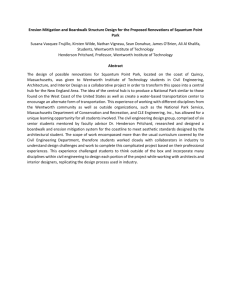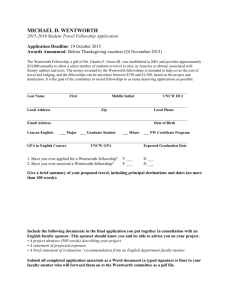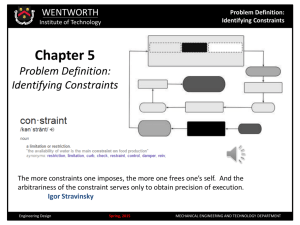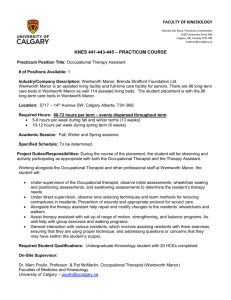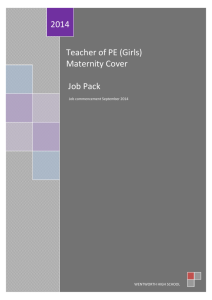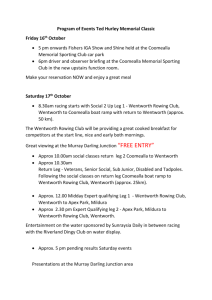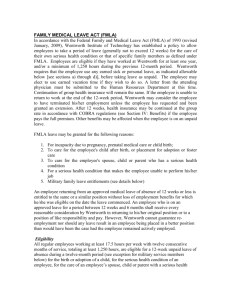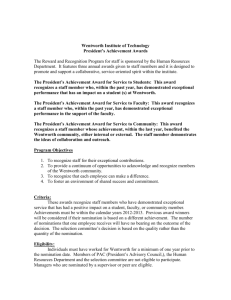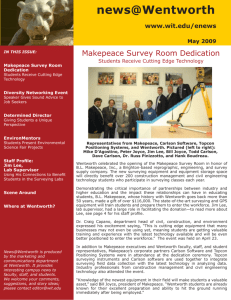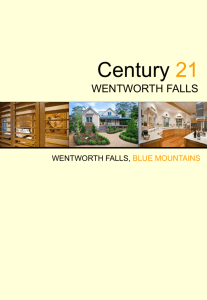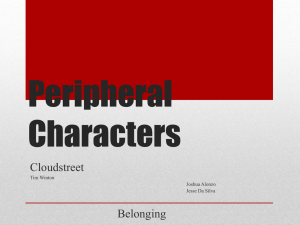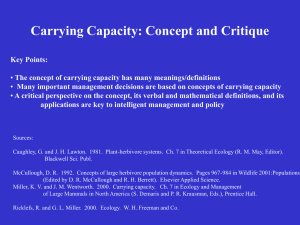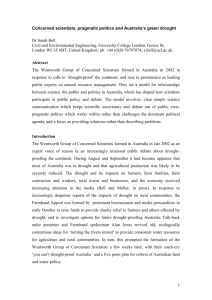here - Founded
advertisement
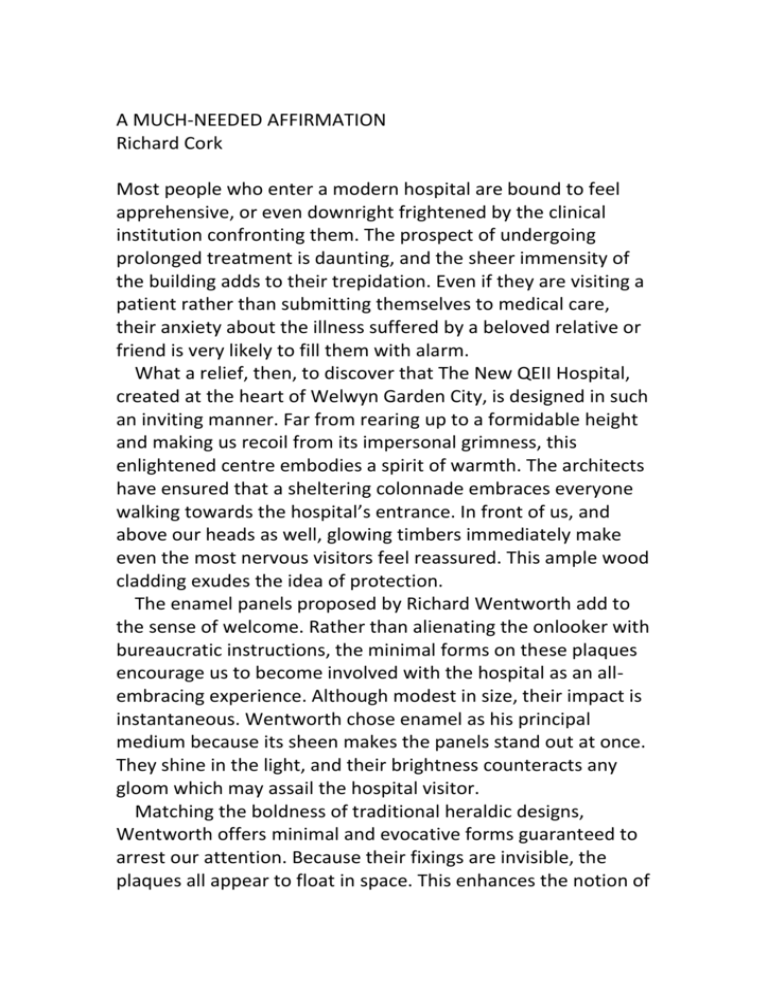
A MUCH-NEEDED AFFIRMATION Richard Cork Most people who enter a modern hospital are bound to feel apprehensive, or even downright frightened by the clinical institution confronting them. The prospect of undergoing prolonged treatment is daunting, and the sheer immensity of the building adds to their trepidation. Even if they are visiting a patient rather than submitting themselves to medical care, their anxiety about the illness suffered by a beloved relative or friend is very likely to fill them with alarm. What a relief, then, to discover that The New QEII Hospital, created at the heart of Welwyn Garden City, is designed in such an inviting manner. Far from rearing up to a formidable height and making us recoil from its impersonal grimness, this enlightened centre embodies a spirit of warmth. The architects have ensured that a sheltering colonnade embraces everyone walking towards the hospital’s entrance. In front of us, and above our heads as well, glowing timbers immediately make even the most nervous visitors feel reassured. This ample wood cladding exudes the idea of protection. The enamel panels proposed by Richard Wentworth add to the sense of welcome. Rather than alienating the onlooker with bureaucratic instructions, the minimal forms on these plaques encourage us to become involved with the hospital as an allembracing experience. Although modest in size, their impact is instantaneous. Wentworth chose enamel as his principal medium because its sheen makes the panels stand out at once. They shine in the light, and their brightness counteracts any gloom which may assail the hospital visitor. Matching the boldness of traditional heraldic designs, Wentworth offers minimal and evocative forms guaranteed to arrest our attention. Because their fixings are invisible, the plaques all appear to float in space. This enhances the notion of a journey, and their resemblance to steps immediately places in our minds the idea of ascending. Although real steps must be climbed, Wentworth’s offer no such ordeal. They stimulate our imagination rather than confronting us with a physical trial. The more we look at them, the more they make us feel at home in our new surroundings. They let us travel up the wall, across the ceiling and down again. The experience is liberating. It provides a much-needed alternative to the gruesome reality of feeling enclosed by an oppressive institution. Wentworth implies that the architecture here is positive, even pleasurable. Before we have entered this new hospital, its clear commitment to engaging and freeing the visitor encourages us to cast off our gloom. Once inside, visitors will discover that other artists have also made inventive contributions to this crucial spirit of well-being. David Tremlett, whose ability to enhance a building’s interior is relished by many at Tate Britain, proves an ideal choice. His wall decorations bring delight to visitors inside the Tate’s Manton Hall, where the main staircase is enlivened with a sequence of buoyant forms and exuberant colours. Like Wentworth, who grew up in Sawbridgeworth, Tremlett is a Hertfordshire man: he lives only a few miles from the Welwyn hospital. And he also shares Wentworth’s fascination with responding to the challenge of architectural spaces. As in the Tate staircase, Tremlett adopts a playful attitude to hospital’s walls and transforms them with a dynamic array of circles and rhomboids. Although they contain references to floor-layers, these hieroglyphic shapes have an abstract life of their own. The colours favoured by Tremlett add to this overall sense of vivacity, and make us realise that his work is in a direct line of descent from Matisse’s joyful cut-outs, created near the end of his life by an ailing and often bed-ridden master. Matisse knew how to defy illness by focusing on a celebratory vision of the world; and Tremlett, in his own freewheeling way, is equally affirmative. The importance of such art-works within a hospital cannot be over-estimated. They make an enormous difference, and this positive mood is sustained by Charlotte Mann’s window screens and privacy vinyls. Inspired by real net curtains which she drew elsewhere in Welwyn Garden City, her screens exude a spirit of dancing energy. Doors open behind them to ventilate the building, and Mann ensures that her patterns possess a similar ability to refresh us and blow away our anguish. She shares, with Tremlett and Wentworth, an understanding that art is able to humanise a hospital, infusing an impersonal environment with a much-needed affirmation. Art can speak to us with enviable directness, and hospitals fully deserve to become a special focus for its power.
